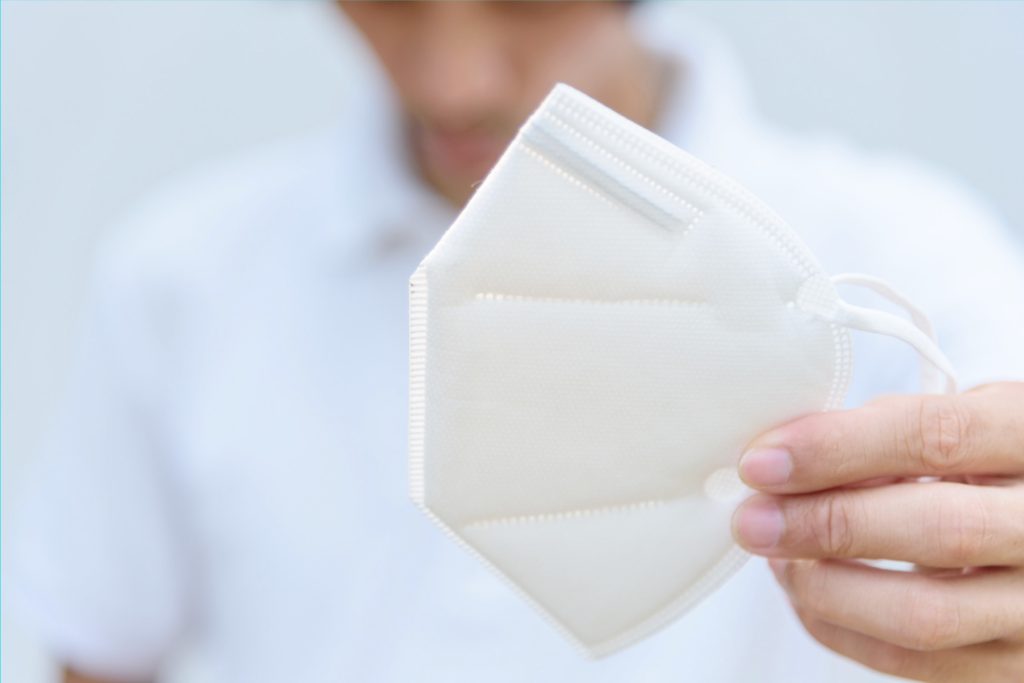Factoring allows companies to get cash up front from their receivables. It has become an attractive alternative for many types of businesses that do not qualify for bank loans but still require working capital for smooth operations.
https://www.invoice-factors.com/
Trucking companies often turn to freight factoring for relief because it allows them to get paid instantly instead of waiting 30, 60, or 90 days for invoices to be settled and helps boost cash flow between payments.
What is Factoring?
What is Factoring? In running your own business, it can often become clear that outstanding invoices from clients haven`t been settled – something which can have serious repercussions for your growth plans, suppliers and other essential parts of the operation of your company. As such, factoring may provide a solution.
A factoring company can offer an alternative solution if your invoices are not being collected. The factoring company will buy them at a fraction of the value, so that you can get a large amount quickly rather than trying to collect money from your clients one by one.
Before factoring your invoices, however, be certain that the company you select does not charge you exorbitant fees or penalties for late payment, returned check or wire transfer fees as well as increasing the aging fee you`ll need to pay when clients pay your factoring company – fees which it would be wise to investigate prior to beginning factoring your invoices.
How Does Factoring Work?
Factoring involves selling unpaid invoices to a third-party that then pays back any remaining balance, less any applicable fees. It`s a fantastic way of expediting client payment cycles so you can pay employees, buy supplies and grow your business while maintaining healthy cash flows.
Factoring companies review your customer credit ratings, account receivable performance and any issues that might interfere with payment before purchasing an invoice from you. They want to ensure that customers they work with are more likely to pay on time in full and thus save you from collections hassles.
Factoring services come in two varieties – spot and contract. Spot factors are more suitable for companies that only need them occasionally. However, their costs tend higher than those of contract factors.
What Are the Benefits of Factoring?
Factoring offers numerous advantages for businesses who qualify. These benefits include time savings, more access to capital and no need for collateral security.
The reduced time required for invoice payment allows businesses to focus on their business growth, leading to higher sales and profits.
One advantage of factoring is eliminating bad debt. You no longer have to worry about late payments creating liabilities on your balance sheets that prevent you from obtaining additional financing.
Invoice factoring is a great option for businesses that are able to pay their bills on-time, but lack a history of bad debts or credit ratings. Invoice factoring is not suitable for new businesses that haven`t yet established reliable payment patterns or credit ratings to support invoice factoring.
What are the drawbacks of factoring?
Invoice factoring can provide quick cash for invoices quickly. This method is particularly beneficial for businesses that are experiencing a shortage of working capital and need to close the gap quickly.
However, business owners should also be mindful of some potential drawbacks to factoring. It may be difficult for business owners to overcome some of the drawbacks. Therefore, it is important that they carefully weigh their options and select the best factoring solution.
Factoring debts can disrupt the relationship with customers. It can be problematic for businesses that have strong customer relationships or are used to working with their clients directly.
One downside of factoring is its cost. Factoring companies charge an amount on each invoice that they factor. This can add up quickly over time.
